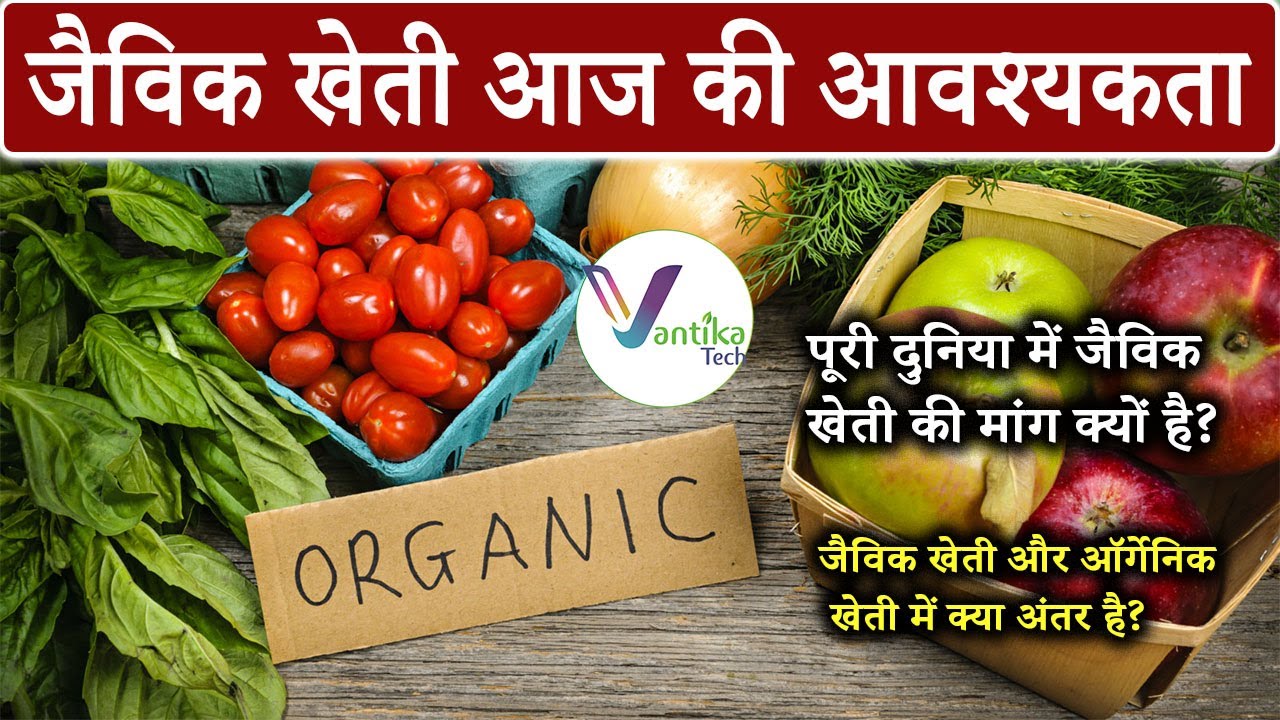Understanding the Impact of Climate Change on Weather Patterns and Agriculture
Climate change has ushered in a new era of uncertainty, marked by erratic weather patterns, extreme events, and shifting climatic conditions. These changes pose significant challenges for agriculture, disrupting traditional growing seasons, exacerbating water scarcity, and increasing the frequency and intensity of weather-related disasters such as droughts, floods, and heatwaves. As farmers grapple with these challenges, it's imperative to understand the interconnected relationship between weather patterns and agricultural productivity.
Strategies for Farmers to Mitigate Risks Associated with Changing Weather
In the face of climate variability and uncertainty, farmers must adopt proactive strategies to mitigate risks and build resilience. Key strategies include:
1. Crop Diversification: Diversifying crop portfolios can buffer against the impacts of adverse weather events, spreading risk and safeguarding against total crop failure.
2. Water Management: Implementing water-efficient irrigation techniques, such as drip irrigation and rainwater harvesting, can help farmers optimize water use and mitigate the impacts of drought.
3. Soil Health Management: Enhancing soil health through practices like conservation tillage, cover cropping, and organic amendments improves soil structure and moisture retention, enhancing resilience to extreme weather.
4. Integrated Pest Management: Implementing integrated pest management (IPM) practices reduces reliance on chemical pesticides, promoting natural pest control mechanisms and minimizing disruptions to ecosystems.
5. Agroforestry and Silvopasture: Integrating trees and perennial vegetation into agricultural landscapes enhances biodiversity, improves soil fertility, and provides natural windbreaks and shade, mitigating the impacts of extreme weather events.
The Importance of Diversification and Resilient Farming Practices
Diversification lies at the heart of climate-resilient farming, offering a multifaceted approach to risk management and adaptation. By diversifying crops, income streams, and agricultural practices, farmers can build resilience to climate change while enhancing ecosystem stability and sustainability. Resilient farming practices not only mitigate risks but also foster long-term viability, enabling farmers to thrive in an increasingly volatile climate.
Case Studies: Farmers Adapting to Climate Change
Across the globe, farmers are embracing innovative strategies to adapt to climate change and build resilience. Consider the case of Maria, a smallholder farmer in Peru. Faced with erratic rainfall patterns and declining yields, Maria implemented a diversified farming system, integrating traditional crops with climate-resilient varieties and agroforestry practices. As a result, Maria's farm became more resilient to drought and flooding, ensuring food security for her family and community.
Resources and Tools for Informed Decision-Making
To empower farmers in their journey towards climate resilience, a myriad of resources and tools are available:
1. Weather Monitoring Systems: Weather stations, satellite imagery, and mobile apps provide real-time weather data and forecasts, enabling farmers to make informed decisions about planting, irrigation, and crop management.
2. Climate-Smart Agriculture Practices: Extension services, research institutions, and agricultural organizations offer guidance on climate-smart agriculture practices tailored to specific regions and agroecological zones.
3. Financial Support and Risk Management Programs: Government programs, insurance schemes, and microfinance initiatives provide financial support and risk management tools to help farmers cope with weather-related losses and shocks.
4. Capacity-Building Workshops and Training: Workshops, training programs, and knowledge-sharing platforms facilitate peer-to-peer learning and capacity-building among farmers, empowering them to adopt climate-resilient practices.
Thanks for Joining Us on the Journey to Build Climate-Resilient Farming Communities!
#ClimateChange #WeatherTrends #ResilientFarming #ClimateAdaptation #ClimateResilientAgriculture #SustainableFarming #SmartFarming #ClimateAction #AgricultureInnovation #WeatherMonitoring
.jpg)


No comments:
Post a Comment